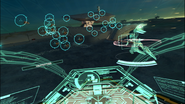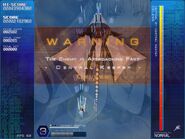Abstract Tech consists of design motifs, such as concentric arcs, hexagons, or circuit patterns, that are intended to represent the abstract concept of “technology,” or evoke a sense of something being futuristic or technologically advanced.
This aesthetic can primarily be found in science fiction media of the Digital Age, such as user interfaces (holographic touchscreens and heads-up displays), depictions of cyberspace, and other technological imagery. Examples include interfaces from Minority Report (2002) and Iron Man (2008), or the video game TRON 2.0 (2003) and the film TRON: Legacy (2010), as well as stock images and backgrounds/wallpapers related to keywords like "technology," "high-tech," "digital," or "cyber."
History & Usage[]
Because many aspects and concepts related to software and digital technology are intangible, many people have resorted to using common abstract symbolism to signify the use of said technologies. An early example would be TRON (1982), which depicted a digital world with glowing lines, circles, and grids which partly inspired the Synthwave aesthetic. The Matrix (1999) is also notable for representing a simulated reality as green raining digital code, which became associated with computer hacking.
According to designer Chris Noessel, the color blue became common in late-20th-century science fiction as it was associated with unnatural or artificial things.[1] The "technological circle" motif can be found in films as early as Star Wars (1977). However, the use of this aesthetic in its current form to portray the concept of "technology" would not become widespread until the 21st century with the increasing popularity of the Internet and the influence of sci-fi anime like Ghost in the Shell and live action movies like Minority Report and Iron Man.
Visuals[]
Abstract design motifs often described as "high-tech" include:
- Glowing lines, usually blue or white (or glowing blue backgrounds), representing energy/power
- Hypothetical concepts of transparent or holographic touchscreen interfaces
- Segmented concentric arcs and circles of varying thicknesses (artificial geometric designs)
- Hexagons, a simple, yet advanced and efficient (higher area-to-perimeter ratio, and tileable) shape
- Printed circuit board patterns, found in most electronic devices
- Binary numbers, the basis of most digital signals and data, or other forms of computer code
- Dots connected by lines, representing the Internet or connectivity
- Visual imagery and concepts of artificial intelligence, robots, or robotic body parts
In stock images, symbols such as locks (representing cybersecurity) or the shape of a brain (representing artificial intelligence) may be combined with the aforementioned motifs as well. The use of technology in business may be portrayed as a businessperson tapping a floating touchscreen with the associated design elements. By the Late-2010s, some commentators considered this stock imagery to be cliché.[2][3]
Graphical user interfaces like these only appear in science fiction (known as "fantasy user interfaces" or FUIs[4]), stock images, or in user-customized desktop skins and widgets using software such as Rainmeter. Most default GUIs of tech products today tend to lean more towards the Flat Design aesthetic, which is intended to be more simple and user-friendly.
Subgenres[]
Hexatron[]
Main article: Hexatron
Hexatron is a vague sci-fi aesthetic that was prominent throughout the 2010s following the end of the Frutiger Era, and is characterized by hexagons, neon blue, holograms, and futuristic technology. It maintains some Frutiger Aero motifs such as futurism, gloss, and 3D graphics, but contrasts it by largely omitting the nature-centered values of Frutiger Aero, incorporating sharp corners and edges to emphasise Abstract Technology. Hexatron influences are usually found in modern sci-fi media and real life gaming-tech equipment such as the DualSense controller. Hexatron is also adjacent with Cyberpunk, Neo-Vectorheart and DORFic due to their shared similarities.
DORFic[]
Main article: DORFic
DORFic is an aesthetic featuring Abstract Tech-esque minimalist imagery that was popular from the Mid/Late-2000s to the Mid-2010s. DORFic is an acronym for daylight, orange, futurism, and the last 4 letters of the word "graphic" (simplified to "Fic"). This aesthetic is a subgenre of Frutiger Aero, Abstract Tech, and can be compared to Stecffism due to their shared element of being corporate.
Media[]
Movies/TV[]
- Ghost in the Shell franchise
- Gundam franchise
- The Matrix (1999)
- Minority Report (2002)
- Murder Drones (2021-present)
- Robotboy (2005-2008)
- Iron Man (2008)
- Tron (1982) and Tron: Legacy (2010)
Music[]
- Phone Power by They Might Be Giants (2016)
Books[]
- Grandmist Duology (in Stellar Transformations)
Games[]
- Mass Effect series
- Metroid Prime (2002)
- Tron 2.0 (2003)
- Almighty Human Project (1996-2003)
- Deus Ex: Human Revolution (2011)
- Call of Duty: Black Ops 2 (2012)
- Deus Ex: Mankind Divided (2016)
- Detroit: Become Human (2018)
- Hatsune Miku VR (2018)
- Fate/EXTRA (2010)
- Hatsune Miku: Project DIVA (2009)
- Phantasy Star Online 2 (2012)
- RefRain -prism memories- (2011)
Webfiction[]
- Orion's Arm (2000-)
Resources[]
Pinterest Boards[]
Gallery[]
Stock images[]
In various media[]
- ↑ 99% Invisible (November 20, 2013). Future Screens Are Mostly Blue. 99% Invisible. Retrieved June 10, 2023. Archived.
- ↑ Bennett Farkas (October 26, 2016). 19 Hilariously Bad Stock Photo Attempts at Visualizing Tech. Golden Spiral Marketing. Retrieved June 10, 2023. Archived.
- ↑ Nick Kolakowski (August 2, 2019). Cybersecurity Imagery: Can We (Finally) Make It Hoodie-Free?. Dice Insights. Retrieved June 10, 2023. Archived.
- ↑ Khoi Vinh (June 2, 2016 11:34). A Conversation About Fantasy User Interfaces. Subtraction.com. Retrieved June 10, 2023. Archived.
- ↑ kirabagani (October 16, 2019 06:27). 初音ミク. Pixiv. Retrieved June 11, 2023. Archived.




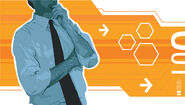
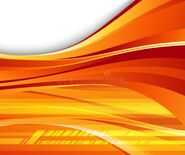
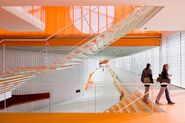
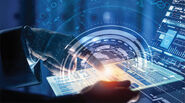
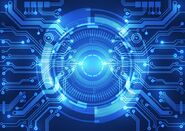
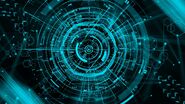

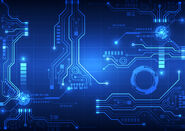
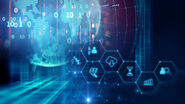
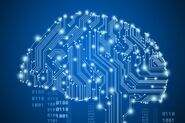
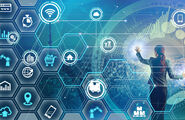
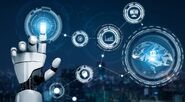


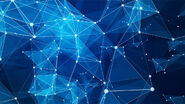

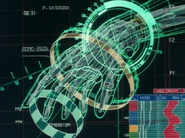


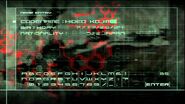
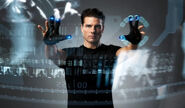

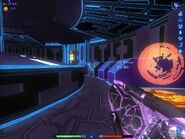


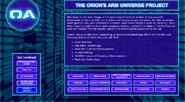

![Abstract tech in anime.jpg (564 KB) Abstract tech in anime promotional art for Hatsune Miku VR (2018)[5]](https://static.wikia.nocookie.net/aesthetics/images/3/37/Abstract_tech_in_anime.jpg/revision/latest/scale-to-width-down/185?cb=20230606014616)
